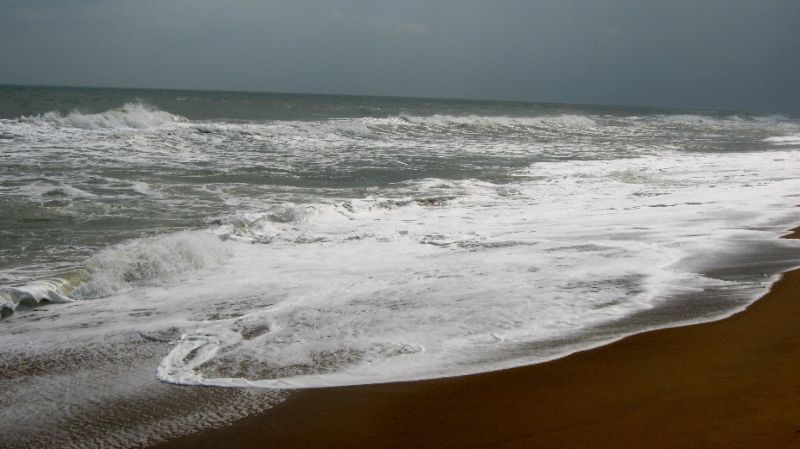J.W.M. Kranenborg1*, G.H.P. Campmans1, J.J. van der Werf1,2, N.G. Jacobssen2, R.T. McCall2,
A.J.H.M. Reniers3 & S.J.M.H Hulscher1
1University of Twente
2Deltares
3Delft University of Technology
*Corresponding author: This email address is being protected from spambots. You need JavaScript enabled to view it.
Introduction
The swash zone is the highly dynamic boundary between the sea and the beach where waves run up and down the beach. In the swash zone, the highly unsteady and turbulent flows lead to large sediment transport rates and morphological change. Understanding the processes driving the transport and morphological change is therefore of vital importance to better understand the long-term development of beaches. To investigate these processes, numerical models are important tools. However, these models still have difficulty reproducing accretive wave conditions and overpredict erosion. These model shortcomings will be addressed in the recently started NWO-TTW research project Shaping the beach with the aim of understanding cross shore swash zone processes. At the conference the methodology of this research project will be presented.

Figure 1: Swash zone of a sandy beach, source: pixnio.com
Methods
The first step of the research is a literature study to identify important processes, study cases and suitable models. In the present PhD project, two numerical models will be used to analyse swash zone processes and improve sediment transport formulations. These models are the depth resolving OpenFOAM model and the depth averaged XBeach model. The OpenFOAM model will be applied to understand the fundamental swash processes for these cases. The OpenFOAM results will then be used to improve depth averaged sediment transport formulations used in XBeach. Both models will be validated with detailed data on swash zone flow and sand transport processed from controlled, large-scale laboratory experiments.
Results
The main expected result is an improved understanding of the processes driving cross shore sediment transport in the swash zone. This will also lead to an improved sediment transport formulation to be used in XBeach.
Acknowledgements:
This project and Shaping The Beach (2018-2023) is an NWO-TTW funded research project (no. 16130), with in-kind support by Deltares. It is a collaboration between the University of Twente, Delft University of Technology and Deltares with in total 2 PhD Researchers and 1 Post-Doctoral Researcher.










